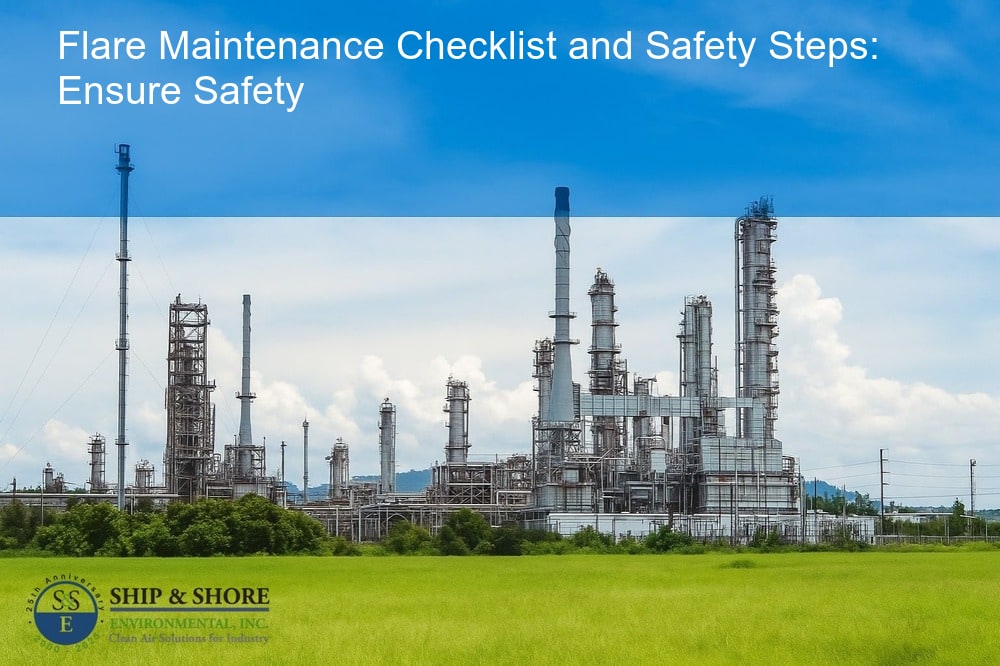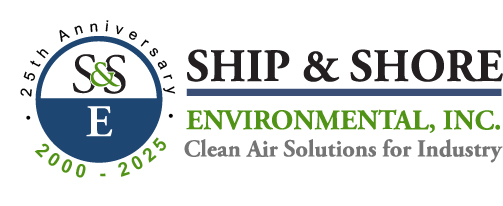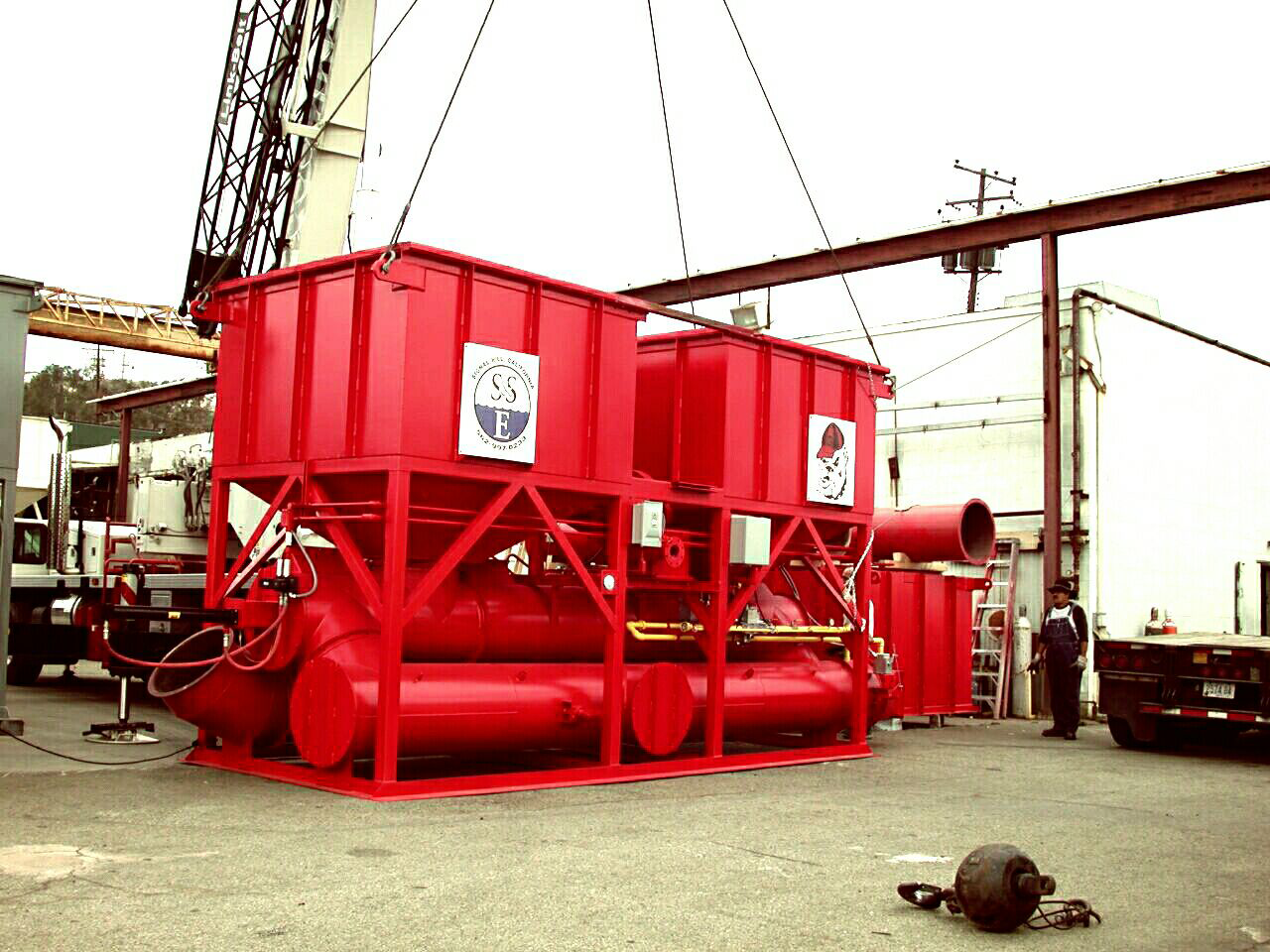
Mastering Your Flare Maintenance Checklist and Safety Steps
September 5, 2025 6:53 amThe Importance of Regular Flare Maintenance
At Ship & Shore Environmental, Inc., we understand the critical role that flare systems play in ensuring the safe and efficient operation of industrial facilities. A well-maintained flare system not only helps in managing excess gases and reducing emissions but also safeguards the environment and workplace. This is why it is essential to adhere to a meticulous flare maintenance checklist and safety steps. These guidelines help prevent equipment failure, accidental releases, and ensure compliance with environmental regulations.
Overview of a Typical Flare Maintenance Checklist
A typical flare maintenance checklist comprises various tasks tailored to the specific needs of your flare system. Regular inspections are crucial for identifying wear and tear or any potential issues. Tasks often include reviewing the flare tip, checking igniters and pilots, inspecting and cleaning flame arresters, performing gas line inspections, and testing mechanical components. Detailed documentation of each maintenance activity is vital for tracking the overall health of the system and planning future maintenance schedules.
Why Safety Steps Matter During Flare Maintenance
Prioritizing safety during flare maintenance activities cannot be overstressed. Flare systems manage highly flammable gases, and any lapses in safety protocols could result in hazardous situations. Implementing comprehensive safety steps during flare maintenance safeguards not only the maintenance team but also the surrounding community and environment. Safety protocols typically include isolating the flare system, using appropriate personal protective equipment (PPE), ensuring proper ventilation, and performing gas testing before and after maintenance activities. Adhering to these measures mitigates risks and ensures a safe working environment.
Key Components of a Flare Maintenance Checklist
Effective flare maintenance involves several critical components to ensure longevity and safety. First and foremost, inspection is essential. We need to regularly inspect all mechanical and electrical components to identify any signs of wear and tear. During this inspection, it’s crucial to check the pilot ignition systems and verify the functionality of all pressure and temperature sensors.
Next, cleaning and removing any accumulated debris from the burn tip should be prioritized. Dirt and residue can hinder proper operation and efficiency. Additionally, it’s essential to inspect the gas lines and connections for leaks, ensuring all seals are intact.
Furthermore, calibration of sensors and control systems should be performed routinely. Keeping these elements functioning accurately ensures that we can respond effectively to any discrepancies. Lastly, documentation is vital for tracking maintenance activities and identifying recurring issues.
Essential Safety Steps to Take During Flare Maintenance
Maintenance of flare systems is inherently hazardous, making rigorous safety protocols indispensable. Firstly, we must isolate the flare system from all sources of combustible gases before initiating any maintenance activities. This isolation minimizes the risk of accidental ignition.
Next, personal protective equipment (PPE) such as flame-resistant clothing, gloves, and safety goggles must be worn at all times. The use of PPE significantly reduces the risk of injuries during maintenance.
Moreover, the implementation of a lockout/tagout (LOTO) protocol is crucial. This ensures that electrical and mechanical systems are securely shut off and remain shut off during servicing. Additionally, always maintain an accessible emergency shutdown procedure to handle unforeseen incidents swiftly.
We must also ensure proper ventilation in the maintenance area to disperse any accidental gas leaks. Alongside this, employing spark-proof tools and equipment helps in eliminating the risk of ignition during maintenance.
Finally, never work alone. Always conduct flare maintenance as a team, ensuring that someone is always available to respond in case of emergencies.
Real-World Application: Effectively Implementing Your Flare Maintenance Checklist and Safety Steps
Applying the flare maintenance checklist and safety steps in real-world scenarios requires a disciplined approach. Begin by training all personnel on both the checklist and safety protocols. Regularly scheduled training sessions can help ensure every team member is up-to-date with the latest practices and safety standards.
- Always conduct a pre-maintenance briefing to outline tasks and assign responsibilities.
- Use checklists to ensure nothing is overlooked.
- Document all inspection findings and actions taken. This record-keeping aids in identifying patterns and predicting future maintenance needs.
Incorporating these steps into our routine involves consistent monitoring and adjustments. Utilize the data from our maintenance activities to refine processes continually. Understanding the importance of both the flare maintenance checklist and safety steps is essential for ensuring optimal performance and safety.
Implementing these practices effectively translates to longer equipment life, fewer emergency repairs, and a safer working environment.
Did you know? Regular flare maintenance not only prolongs equipment lifespan but also ensures operational safety, preventing potential accidents and environmental damage.
The Long-term Benefits of Proper Flare Maintenance
Investing in regular and meticulous flare maintenance yields substantial long-term benefits. Not only does it prolong the life of your equipment, but it also ensures optimal performance, preventing unexpected malfunctions. Implementing a comprehensive flare maintenance checklist and safety steps allows us to identify and address potential issues before they escalate into costly repairs or downtime. As environmental regulations become increasingly stringent, ongoing maintenance helps us remain compliant, reducing the risk of penalties and ensuring that our operations run smoothly and efficiently.
Ensuring Safety with Flare Maintenance Practices
Safety should always be our top priority during any maintenance activities. Adopting thorough and methodical safety steps minimizes the risk of accidents and protects our crew from harm. By consistently following our flare maintenance checklist and safety steps, we reinforce a safety culture within our organization, underscoring our commitment to the well-being of our team. Whether we are dealing with routine inspections or more intensive repairs, strict adherence to safety protocols is essential for maintaining a secure work environment.
Incorporating “Flare Maintenance Checklist and Safety Steps” into Your Routine Maintenance Approach
Integrating the flare maintenance checklist and safety steps into our routine maintenance approach is crucial for sustaining the effectiveness and safety of our operations. This comprehensive guide serves as a valuable resource, ensuring that no critical aspect of flare maintenance is overlooked. By taking a proactive stance, we can preemptively address wear and tear, optimize the performance of our low-nox flares, and avoid unexpected breakdowns. For more information on maintaining low-nox flares, visit our product page. Consistent application of this checklist bolsters our maintenance strategy, enabling us to anticipate challenges and maintain a high standard of operational excellence.
FAQ
What are the key components of a flare maintenance checklist?
A flare maintenance checklist typically includes inspecting the pilot ignition system, checking the condition of the flare tip, ensuring the purge gas system is functioning correctly, verifying the integrity of the molecular seal or retention ring, and assessing the flare stack for any signs of corrosion or damage. Additionally, the checklist should encompass a review of safety systems, such as emergency shutdown mechanisms and flame arrestors.
Why is it essential to have safety steps in place during flare maintenance?
Establishing safety steps is critical during flare maintenance to prevent accidents and safeguard personnel. It entails enforcing proper lockout/tagout procedures, verifying that safety equipment is readily accessible and usable, and ensuring that all team members are adequately trained. Moreover, consistent application of safety protocols is fundamental to maintaining a culture of safety within the organization.
How does regular flare maintenance benefit environmental compliance?
Regular maintenance of flares helps in maintaining consistent and efficient levels of combustion, thereby minimizing emissions and ensuring compliance with environmental regulations. By proactively performing maintenance, we can prevent fugitive emissions of harmful substances, keeping our operations within legal limits and contributing to lower environmental impact.
What are some of the long-term benefits derived from proper flare maintenance?
Adhering to a routine maintenance program yields multiple long-term advantages, such as heightened reliability and longevity of the flare system, improved operational efficiency, reduced likelihood of unplanned outages, and lowered maintenance costs over time. Additionally, it fosters a safer working environment through the early detection and remediation of potential hazards.
How can we integrate a maintenance checklist into our routine procedures?
To seamlessly integrate a maintenance checklist into our procedures, we should ensure that it aligns with our existing maintenance schedules and that all employees understand its importance. We need to provide thorough training on the checklist’s application, including how to identify signs of wear and address them. Consequently, maintenance becomes a regular part of operations, encouraging vigilance and proactive management of the flare system.
Categorised in: Blog

